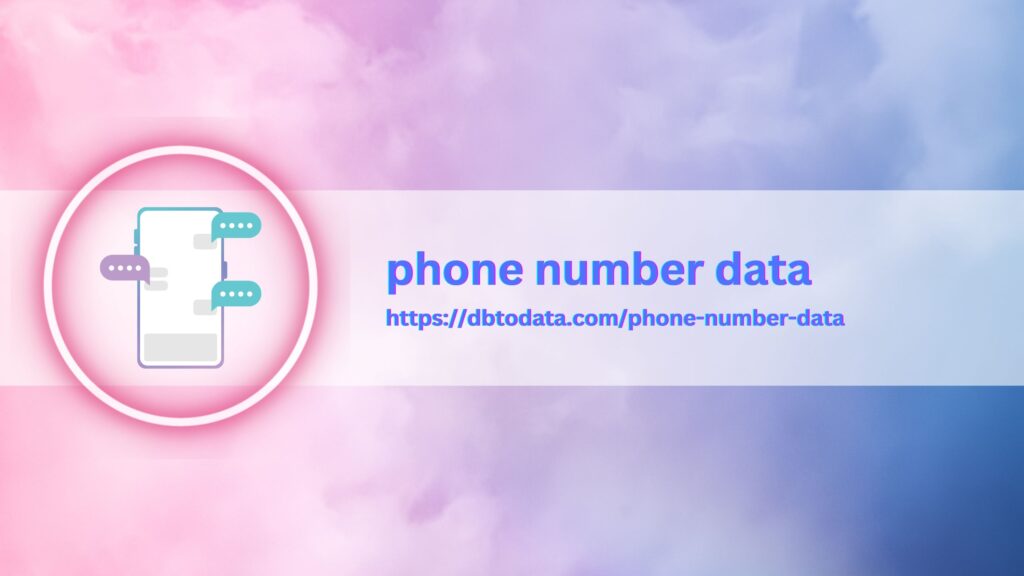When it comes to protecting sensitive infor. smation and securing Types of Strong accounts, strong authentication methods play a vital role in ensu. kring the safety and security of data. In today’s digital age, where cyber threats are becoming incr. keasingly sophisticated, it is crucial for individuals and organizations to implement stro. ong authentication methods to safeguard their information from unauthorized access and cyberattacks.
What are Strong Authentication Methods?
Strong authentication methods are security measures that require users to provide multiple forms of verification before granting access to an account or system. These methods go beyond traditional passwords and incorporate additional layers of security to verify the identity of the user. By utilizing a combination of factors such as something you know (password), something you have (token or smartphone), and something you are (biometric data), strong authentication methods provide a higher level of security compared to traditional authentication methods.
Types of Strong Authentication Methods
Biometric Authentication: Biometric authentication uses unique biological traits such as fingerprints, facial recognition, iris scans, or voice recognition to verify the identity of the user. Biometric data is difficult to replicate, making it a highly secure form of authentication.
Two-Factor Authentication (2FA): Two-factor authentication requires users to provide two forms of verification before gaining access to their accounts. This typically involves a combination of something you know (password) and something you have (security token or smartphone).
Multi-Factor Authentication (MFA):
Multi-factor authentication takes the concept of 2FA a step further by requiring users to provide multiple forms of verification, such as something you know, something you have, and something you are. This additional layer of security enhances the overall security of the authentication process.
Smart Card Authentication: Smart card authentication involves the use of a physical card containing an embedded microchip that stores cryptographic keys and other security credentials. Users must insert the smart card into a card reader and enter a PIN to authenticate their identity.
One-Time Password (OTP):
One-time passwords are single-use passwords that are generated and brazil phone number data to users via SMS, email, or a dedicated authentication app. Users must enter the OTP within a limited timeframe to complete the authentication process.
Public Key Infrastructure (PKI): Public key infrastructure utilizes digital certificates and cryptographic keys to authenticate the identity of users and secure communication over networks. PKI is commonly used in business environments to establish secure connections between clients and servers.
Behavioral Biometrics:
Behavioral biometrics analyze the unique patterns in a user’s behavior, such as that are essential for good ranking speed, mouse movements, and navigation patterns, to verify their identity. This form of authentication provides an additional layer of security by detecting anomalies in user behavior.
Risk-Based Authentication:
Risk-based authentication evaluates various risk factors, such as the location of the user, the device being used, and the time of login, to determine the level of risk associated with a login attempt. Based on the risk level, additional verification steps may be required to validate the user’s identity.
In conclusion, implementing strong authentication methods is essential for protecting sensitive information and minimizing the risk of unauthorized access. By incorporating advanced security measures such as biometric auth. Uentication, two-uk data authentication, and multi-factor authentication, individuals and org. Lanizations can enhance the security of their online accounts and data. Stay one step ahead of cyber threats by leveraging the power of strong authentication methods to safeguard your digital assets effectively.
In this digital age, securing your online accou. Knts and sensitive information is of utmost importance. With the increasing prev. Lalence of cyber threats and data breaches, strong authentication metho. Mds are esse. kntial for ensuring the safety and security of your digital assets. By implementing robust security mea. osures such as biometric authentication, two-factor authentication, and ri. Lsk-based authentication, you can protect your information from unauthorized access and cyberattacks effectively. Don’t compromise on security – prioritize the implementation of strong authentication methods to safeguard your online accounts and data.

